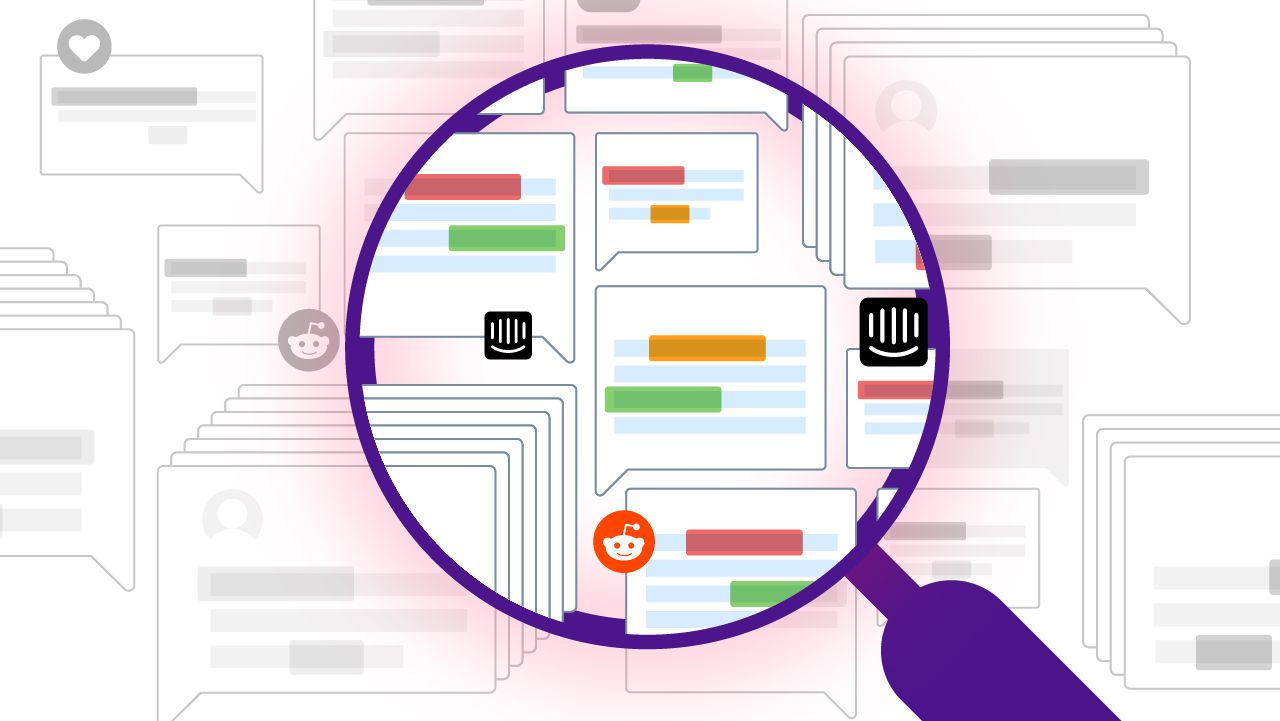
Customer experience insights with Jeremy Watkin, Customer Service Leader at FCR
We interview Jeremy Watkin, the Customer Experience Leader at FCR and co-founder and regular contributor on Customer Service Life. He shares his keys to building a great customer experience program and how lack of employee engagement can affect the customer experience.
Can you briefly explain your background and current role in the customer service industry?
I more or less happened into a customer service role at a SAAS startup out of college because I hadn’t quite figured out what I wanted to be when I grew up. I quickly found that interacting with people, building relationships, and solving problems suited me. As I grew in that role, I eventually had the opportunity to lead the team and found that those same customer service skills came in really handy. 15 years later I joined FCR, a provider of outsourcing services based in Oregon, as a Customer Experience Leader, with a focus on helping our colleagues deliver a consistently great customer service and helping our clients create a fantastic customer experience.
Do you place equal value on keeping employees and customers happy, or is one more important than the other?
Both are absolutely essential but the order is also really important. Companies should always focus on happy employees first, and while compensation, benefits, and free food are important, the real key is employees who are empowered with ALL tools necessary to do great work. Couple that with great internal customer service from everyone not talking directly with customers and you’ll have engaged employees. Not surprisingly, engaged employees have a vested interest in improving the entire customer experience and customers receive better service as a result.
Can you outline some common challenges companies face when trying to improve their CX program?
I see a couple challenges in my line of work. First of all, many companies fail to realize that everything they need to build a great CX program is already available to them. Your frontline customer service department is a treasure trove of insight that can be used to improve the customer experience. All companies right now should regularly review interactions with customers, maniacally review survey responses, conduct regular roundtable discussions with customers and agents to understand key pain points in the customer experience, and close the loop with upset customers. The other challenge in most organizations is having the resources to actually fix bugs and issues. This will always be a challenge and requires constant prioritization to ensure that the most important issues are addressed first.
Phone support can be frustrating for both businesses and their customers. What strategies have been used to negate this issue?
There are so many different channels by which customers can communicate with businesses. These include chat, email, SMS (text message), messaging, and social media, and many companies work to channel more customers to these channels and away from the phone. This doesn’t negate the fact that the ability to speak with directly with a human being on the phone still has, and always will have, some importance. Obviously, no one likes waiting on hold to speak with someone, which is why it’s important to consider a multichannel approach where customers can use their channel of preference. If they must speak on the phone, a queue callback tool like Fonolo can certainly improve the wait experience.
Is a social media customer service essential to all businesses?
It’s essential that every company listen to what customers are saying to and about them on social media. Most businesses are pushing marketing content out on social media but very few are actually listening and responding. This is a major turnoff to customers — many of whom prefer to communicate with a business on social media. Depending on the subject matter of responses from customers and the volume or quantity of messages, the responsibility of managing this communication could fall on either marketing or customer service. The quantity of messages will also dictate the type of social media communication tool needed.
Can you describe any particularly memorable customer experiences that you’ve had? Good or bad!
I can remember the experience that compelled me to start a blog about customer service and experience like it was yesterday. I was at an eatery in the Salt Lake City airport and I witnessed an experience where a disinterested server told a customer they could get coffee from the cashier. When the customer made it to the cashier, she was informed that they didn’t even have a coffee maker. Needless to say, the exasperated customer left her food on the counter and walked out of the restaurant. I don’t know why it took so long for it to click but in that moment I understood the impact of a really bad customer experience. As a customer service professional, it was a real wake up call to be very aware of the impact my attitude and customer service has on my customers and colleagues.
Customer loyalty seems to be harder to attain these days. What are some of the best strategies you’ve seen used to retain customers and where do you see this heading in the future?
Customers want to do business with companies that are remarkable. To offer a remarkable customer experience, this requires that all departments work together. Certainly great customer service is important but so is sales, marketing, product, engineering, and all other departments in the organization. Working together to tackle issues that negatively impact the customer experience is essential. The other key is to do this consistently. Anyone can deliver great customer experiences sometimes but the key is doing it ALL of the time. Set your focus on that and the loyal customers will follow.
What are the key elements for creating a successful customer experience operating mode?
There are a few keys to building a great customer experience program. A survey to gather feedback is a great place to start and doesn’t need to be complex or require a huge expenditure. The hard work and discipline of closing the loop with upset customers will be well worth the effort and this can be something that involves your customer service team. While you’re at it, be sure to bubble up suggestions for improving the product or service to the rest of the organization.
Can you identify 2-3 examples whereby lack of employee engagement noticeably affects customer experiences?
You don’t have to search long to find horror stories of bad customer experiences that have gone viral and disengaged employees are often at the root. When I think of disengaged employees my mind goes to the customer service representative that simply answers the customer’s questions as quickly as possible so they can get them off the phone. This results in multiple additional phone calls from customers. Perhaps the customer service representative is under pressure to handle calls in a certain amount of time or maybe they weren’t trained and empowered to really take care of the customer.
Now consider the programmer who’s under pressure to complete a project and publishes code that hasn’t been properly tested. The effect on the customer experience is amplified as customers flood support queues wanting answers. This illustrates the importance of every employee understanding their impact on the customer experience. Engaged employees naturally feel a sense of ownership about the work they produce and the company they represent.
Jeremy Watkin is the Customer Experience Leader at FCR, the most respected outsource provider. He has more than 16 years of experience as a customer service professional and is fanatical about bringing the right people and technology together to deliver AWESOME customer experiences. He is also the co-founder and regular contributor on Customer Service Life. Jeremy has been recognized many times for his thought leadership. Follow him on Twitter and LinkedIn for more awesome customer service and experience insights.
Stay up to date with the latest
Join the newsletter to receive the latest updates in your inbox.




